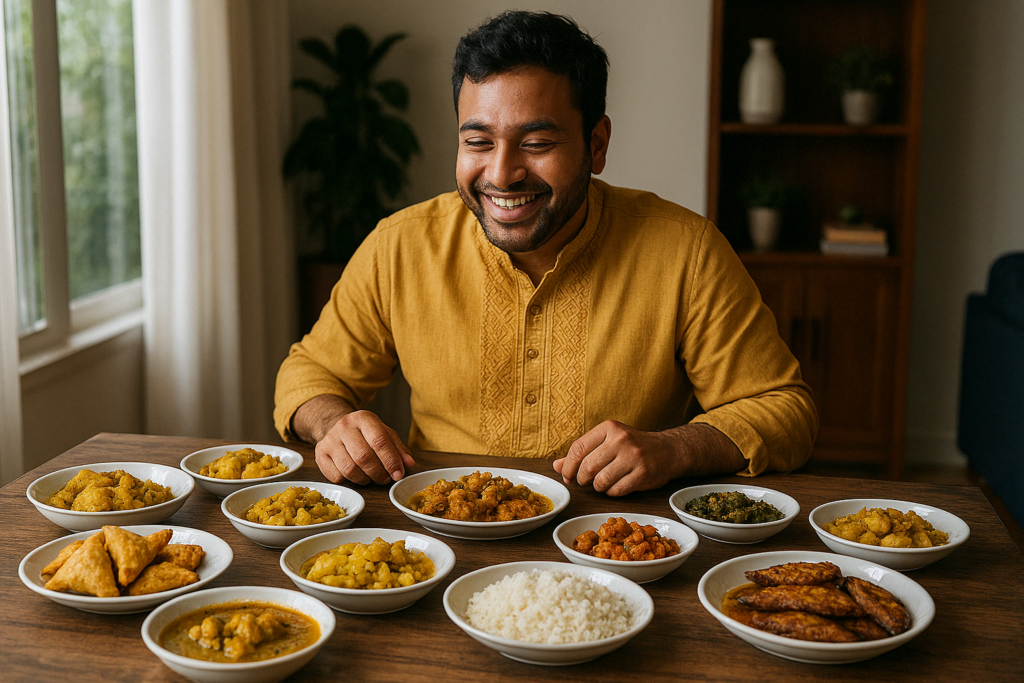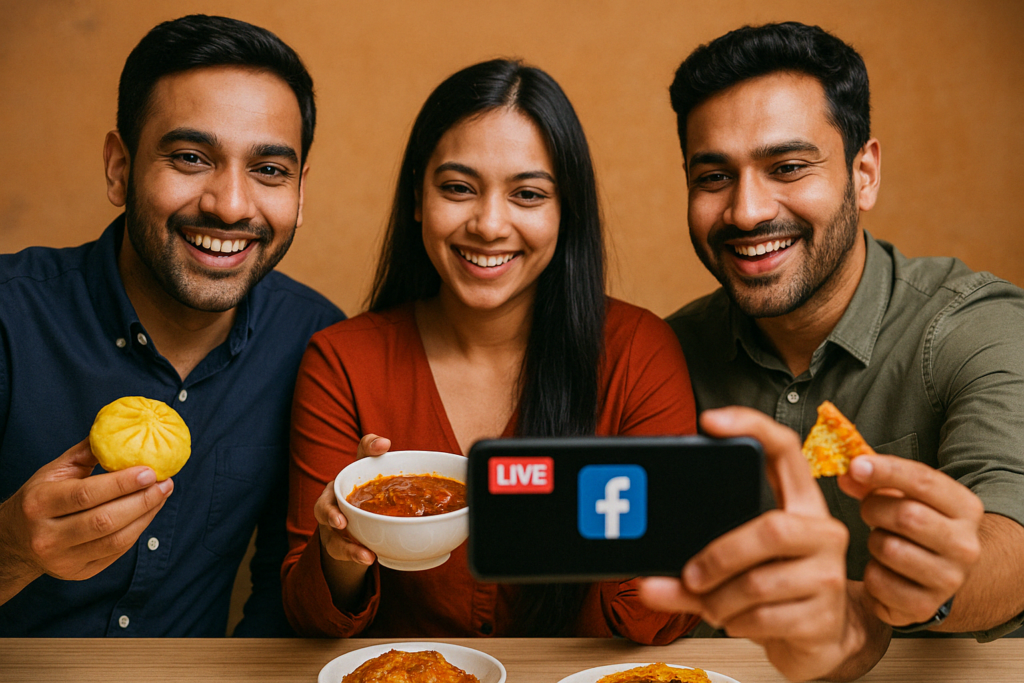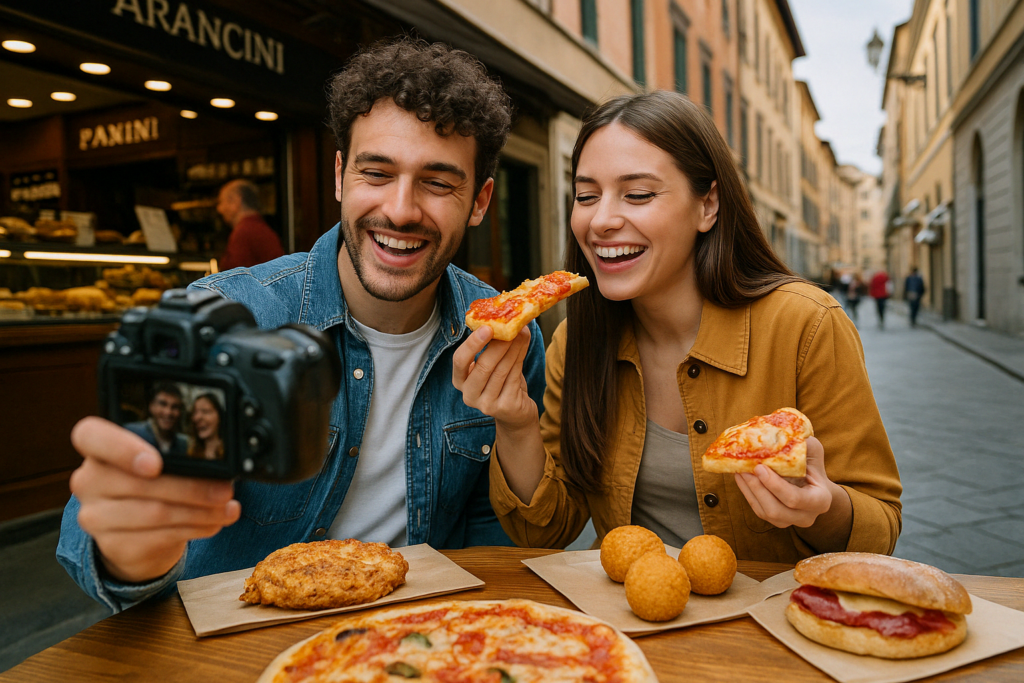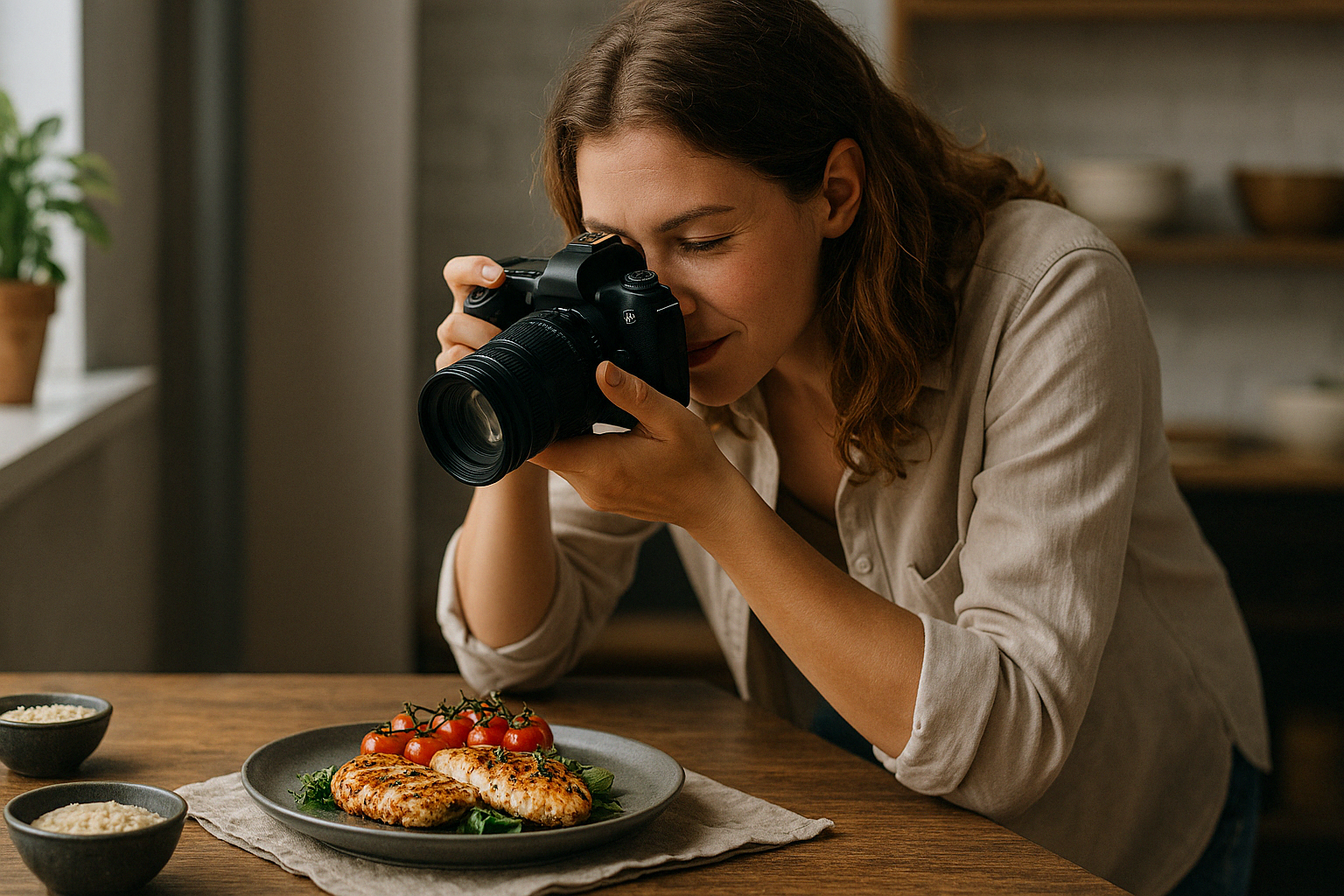Close your eyes. Picture a simmering dish, steam curling up into the air. You can almost smell the spices, right? Now open your website. Does it make you feel that same way? Or does it just sit there… clean, minimal, and utterly forgettable?
Too many food creators, chefs, bloggers, and small brands create stunning meals but end up with websites that have no soul. Your food story deserves more than a pretty layout. It needs to stir emotions, spark curiosity, and smell (digitally) like garlic and rosemary.
The problem isn’t your photography, your recipes, or even your words. It’s how they all come together. That’s the power of visual storytelling. When done right, the design doesn’t just support your content. It brings it to life.
Capturing Culinary Stories Through Design
Before anyone tastes your food, they see it. Before they read your recipes, they scan your site. And before they eat, they decide if they trust this chef’s story.
Capturing culinary stories through design means creating an experience that reflects your roots, culture, and the creation process. Before anyone takes a bite, the story’s already begun on the screen.
Fonts can mimic hand-written recipe cards. Colour palettes can bring to mind earthy spices or modern fusion. Visual storytelling through imagery is where the real feast begins. Your photos should make people feel something, a craving, a memory, a moment.
When we talk about culinary art, we are not just talking about what’s on the plate. We are talking about how it is presented digitally, and how your story is created and consumed. Most blogs skip over that. But we know it’s essential.

Food Photography: The Soul of Visual Storytelling
There is more to food photography than making people drool. Yes, your dish should look delicious. But great photography captures the essence of your culture, your story, and even your mood.
- Want to share your grandmother’s Sunday meals? Use soft natural light and a vintage linen backdrop.
- Want to create a modern pop-up fusion vibe? Go bold with colour, shadows, and motion blur.
This is where visual storytelling comes alive. Photos can stir memories. They can bring out flavours or remind someone of a dish they grew up with.
But one photo on its own won’t tell the whole story. You need a mix that shows the real journey. Include close-ups, action shots and even the mess. These small moments matter. They show how the food came to be. Not just how it looks on the plate.
Designing for Emotion: From Homepage to Plate
You wouldn’t start a multi-course meal with dessert. Your website needs that same sense of flow. Design is not just how it looks. It is how it feels to move through.
Great culinary art tells a story. Your site should too. From the very first scroll, your homepage needs to spark emotion. Fonts can feel rustic or fresh. Colours can hint at tradition or show off bold, modern ideas.
Even the way people move through your site should feel smooth and deliberate. Pausing on a dish. Swiping through a recipe. Every interaction should feel like part of the experience.
This is where visual storytelling meets user experience. It is the rhythm of taste on a digital plate. A homepage can introduce the chef’s roots. A recipe page can mirror the process. A contact form can feel like a warm welcome.
Want to see emotion-driven web experiences in action? Explore examples like The Infatuation or Great Jones to see how visuals and content flow together.
Most websites skip this. They throw everything on one page and hope it sticks. But you can enhance every click with meaning. That is essential storytelling by design.
The Cultural Heart: Telling Origin Stories Online
Every culinary tradition carries a story, a moment, a memory. That story does not live in the food alone. It is in the fabrics, the colours, the textures, the flavours you want people to taste with their eyes.

A smartly designed site can reflect everything from regional spices to ancestral history. Think warm tones for Middle Eastern dishes, clean white for Nordic purity, or mosaic patterns to echo Mediterranean charm. Sites like Bon Appétit use layout and photography to honour global cuisines while staying deeply personal.
Use your visuals to honour your roots and express your essence. Let your homepage hum with tradition. Let your visual storytelling speak of places and people and smells that are almost lost but still alive in your cuisine.
Most competitors stop at fusion food or modern twists. You can go deeper. You can build a space where culture is not decoration. It is the main course.
Storytelling Beyond the Blog: Social and Mobile
If you are only telling your story on your blog, you are missing out on the party. Your audience is already on their phones, watching, tapping, and tasting through screens. So let your food storytelling meet them where they scroll.
That is where visual storytelling truly succeeds. Use videos to show the creation process. Share photos that invite culture into the frame. Capture a moment, a flick of spice, a steam cloud rising, and let that be the hook.
Mobile design means faster load times, vertical layouts, and snackable content. But it also means clarity. Can your audience feel the essence of your dish in three seconds?
Most blogs do not ask that. You should. Because storytelling today lives in pixels, and if it is delicious, people will share it. For tips on adapting content for mobile platforms, check out Instagram’s official storytelling guide or Canva’s video marketing tips.
Final Course: How to Tell Your Food Story With Design

Behind every perfectly grilled dish is a chef with a story. Behind every recipe passed down is a memory waiting to be seen. The power of food lies not just in how we eat it but in how we share it.
Design is the secret ingredient. It brings together your photos, your flavours, your culture, and your voice. It is how you create a connection. And that is what makes people come back.
At Spoonfed Atlanta, we know how to turn your food storytelling into something people can scroll, feel, and remember. Whether you are building your first brand or refreshing your online presence, let us help you serve your story in a way that sticks.
Let’s build your visual story, one flavourful pixel at a time.
